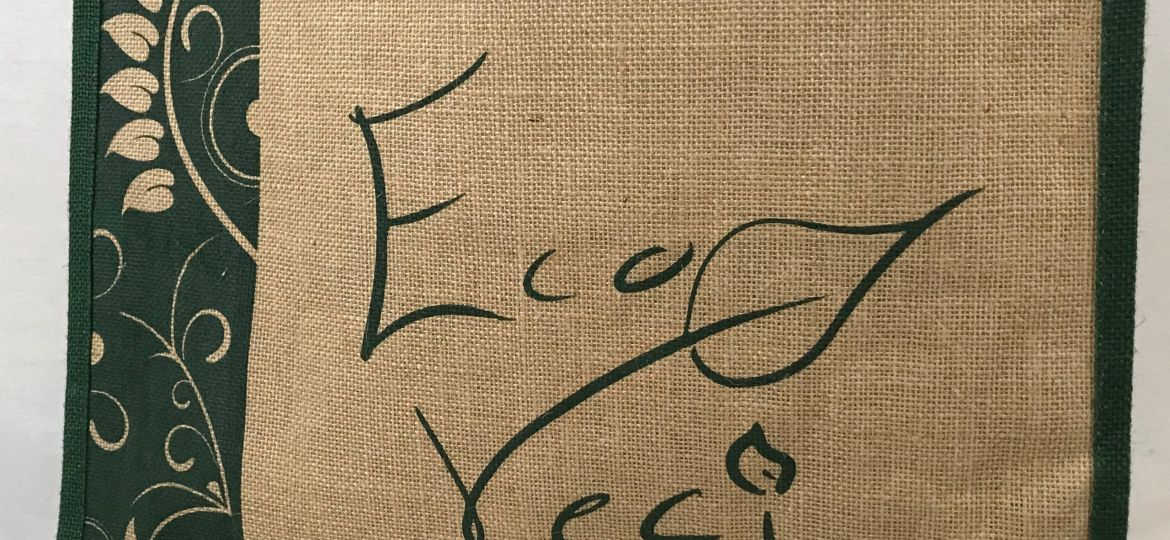
National Wildlife Magazine has a great article in June/July 2019 issue titled “A Plague of Plastics”, Check it out here https://www.nwf.org/Home/Magazines/National-Wildlife/2019/June-July/Conservation/Ocean-Plastic .
The article does a great job of explaining the reality and the seriousness of plastics in our seas and sea life! They say “99% of seabird species and 95% of those species members will have consumed plastic.” This number is unthinkable and unacceptable!
There are a number of companies trying to do their part to clean the ocean of the plastics that are floating around in it. This is great and needs to be continued and the effort needs to be amplified. At Eco Veci we have taken the approach of using as little plastic as possible, and the plastic that we do use is biodegradable. Even recycled plastic items are a step in the right direction, but they to can end up in the ocean or in a landfill for hundreds or thousands of years.
Besides being consumed by sea life, it is also being consumed by land animals and causing them to be entangled, leading to injury or death. Filling landfills and taking, in some cases, a millennia to completely decompose.
For these reasons, and more, we have chosen to make our bags and totes out of 100% Flax Linen or Jute with a biodegradable PP lining.
“True” linen is made from the flax plant, not the cotton plant like many people think. Linen is what many consider to be the most sustainable and eco-friendly material available. Flax grows wild and requires virtually no water. It requires no pesticides or fertilizers to aid its growth and it is processed mechanically, not chemically like cotton, making it eco-friendly every way you look at it.
Jute is the second material that we have chosen to make our totes out of. Jute is another naturally growing material, that is made of vegetable fiber that gets spun into burlap. Jute needs to be lined to be durable, so we have our jute lined with a biodegradable polypropylene, to make our totes durable and eco-friendly.
We also have all of our bags printed with AZO FREE dyes. Most people don’t realize the impact that even the dyes used to color our textiles can have a huge negative impact on our environment and on us as individuals.
Thank you for reading and sharing this post.
Melissa, Matt, Owen, Lyca and Doc
Sources:
https://www.trustedclothes.com/blog/2018/05/08/why-we-need-to-get-rid-of-azo-dyes/
https://www.nwf.org/Home/Magazines/National-Wildlife/2019/June-July/Conservation/Ocean-Plastic

